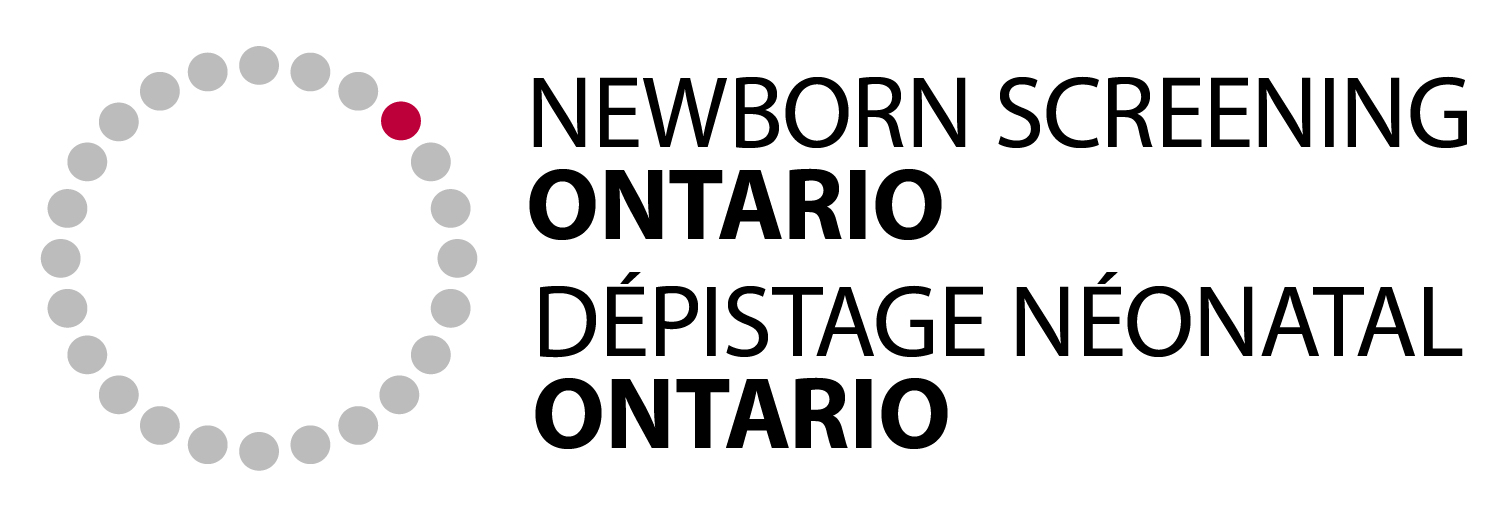- Pulse oximetry is a quick and painless test to measure the level of oxygen in a baby’s blood. A low level of oxygen can be a sign that a baby has CCHD.
- A positive screen does not mean that your baby has CCHD, but that further evaluation is needed to determine the cause of low oxygen levels.
- Some babies with CCHD appear to be healthy.
- Screening for CCHD detects babies with CCHD early so that treatment can begin immediately.
Critical Congenital Heart Disease (CCHD)
At a glance
| Approximate incidence in Ontario: | Marker measured: | Screening can prevent: | Treatment: |
| 3 in 3000 | Blood oxygen levels (SpO2) | Health complications or even death |
Medications and/or surgery |
- CCHD is a group of diseases that occur when a baby’s heart or the heart’s major blood vessels have not formed properly.
- CCHD is present at birth.
- Without treatment, babies born with CCHD can have serious health problems or even die
- It is normal for parents and guardians to feel worried when their baby has a screen positive result.
- Follow-up testing is important to find out whether the baby truly has CCHD.
- The baby’s health care provider will discuss the results with the baby’s family.
- Initial physician assessment may identify the need for further diagnostic testing.
- Further diagnostic testing could include an ultrasound of the heart also known as an echocardiogram. An echocardiogram is a painless test that allows the health care provider to watch the blood flow through the heart and large blood vessels around the heart.
Possible follow-up test results
- Normal echocardiogram– the baby does not have CCHD or heart problem
- Abnormal echocardiogram– the baby has a heart problem and will need further intervention depending upon the specific type and severity
Once identified, babies with CCHD are followed by cardiologists and receive specialized care and treatment for their specific diagnosis to help them grow and develop normally.
Sometimes babies with CCHD appear normal at birth but can develop serious health problems without necessary treatment.
Health problems in babies with CCHD can include:
- Pale or bluish skin tone
- Puffy face, feet, or both
- Tiring easily or difficulty during feedings
- Rapid or troubled breathing
- Poor weight gain
Sweats around the head, especially during feeding
- Treatment can begin as soon as possible.
- Transfer to a hospital that specializes in cardiac problems may be needed.
- Sometimes medications are necessary.
- Cardiologists, doctors who specialize in heart health, care for babies with CCHD.
- Treatment may include heart surgery or a procedure called cardiac catheterization (a long thin tube is inserted into a blood vessel so the heart can be seen and some repairs can be made).
When identification and treatment start early, babies with CCHD can have a better chance to grow and develop normally.
If your baby has screened positive for CCHD, click here for more information.
Contact Us
Children’s Hospital of Eastern Ontario
415 Smyth Road
Ottawa, Ontario K1H 8M8
Toll-Free: 1-877-627-8330
Local: (613) 738-3222
Fax: (613) 738-0853
